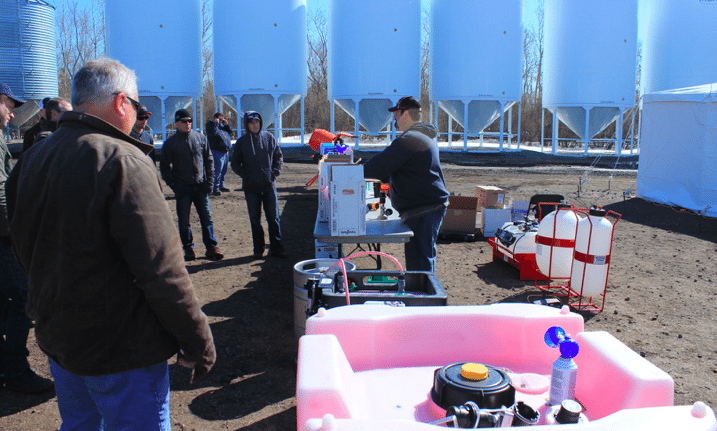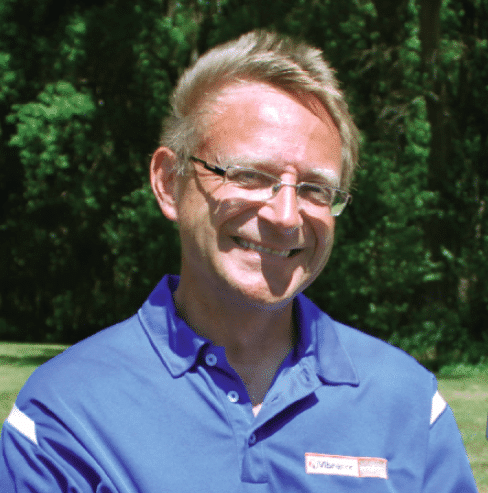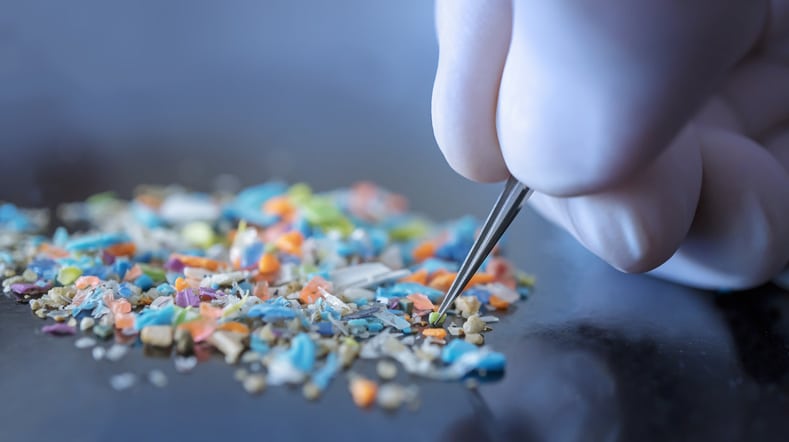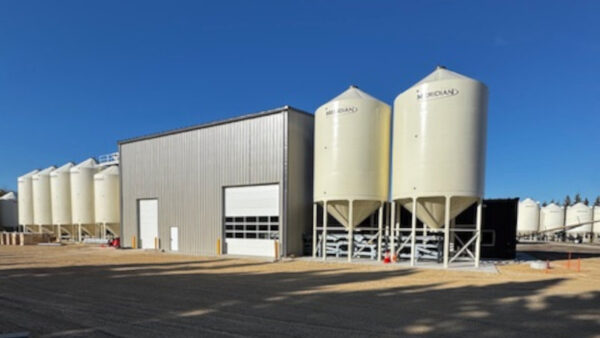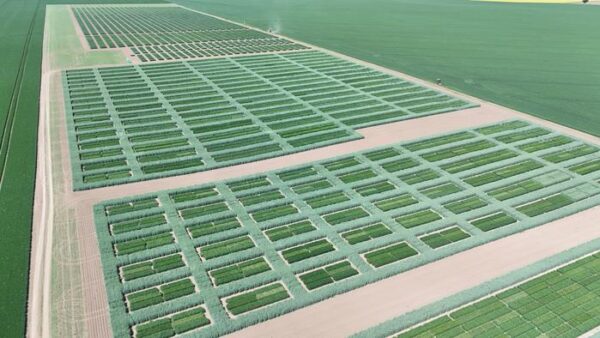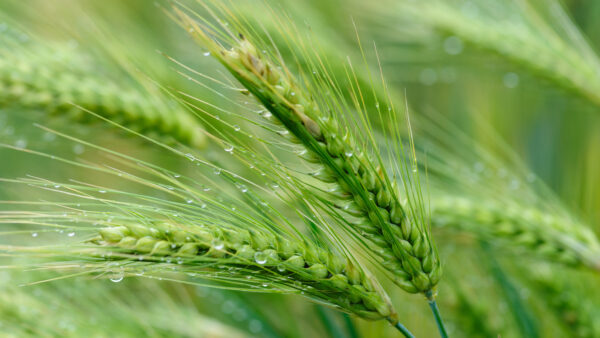_x000D_
Seed treatment stewardship at the retail level all comes down to education, both of you and of your grower customers.
_x000D_
When it comes to retailers being good stewards of seed treatments, taking a two-pronged approach is key. Knowing what to do is crucial, and there’s also a couple of definite “don’ts” to ensure you’re on the right path to good retailer seed treatment stewardship._x000D_
_x000D_
“How do you use seed treatments in a responsible manner? Retailers are so good at it, but it’s always helpful to remind people that stewardship is something we all have to be vigilant about,” says Russel Hurst, vice-president of sustainability and stewardship for CropLife Canada._x000D_
_x000D_
Good stewardship boils down to retailers knowing what to do and what not to do with regard to properly handling seed treatments._x000D_
_x000D_
“How do you ensure the investment a grower makes translates into increased vigour of the seed out of the ground and transition into the growth period, as well as protection of that seed through the critical six-week period post-planting?”_x000D_
_x000D_
Increased education about good seed treatment stewardship means retailers are better equipped than ever to ensure they’re handling seed treatments responsibly and giving growers the information they need to successfully use them._x000D_
_x000D_
DO: Be Up on Operational Standards._x000D_
_x000D_
Familiarizing yourself with the latest in seed treatment warehousing standards is key, according to Hurst._x000D_
_x000D_
“We have standards that all commercial seed treatment facilities need to go by. It involves a lot of operations details — ensuring employees have appropriate training, wearing proper protective equipment, a safe work environment, appropriate labelling of seed to ensure all seed that is treated is appropriately tagged,” he says._x000D_
_x000D_
The Accredited Seed Treatment Operation Standards he’s referring to are intended to be used by the Agrichemical Warehousing Standards Association (AWSA) for the purpose of issuance of a Compliance Certificate. They were drafted by a multi-stakeholder working group, consisting of registrants, distributors, agri-retailers, seed cleaning cooperatives, seed growers, and relevant provincial and federal government agencies._x000D_
_x000D_
The standard is comprised of 76 auditable protocols in several categories: Siting and Exterior Requirements, Building Structure and Equipment, Operations, Training, and Documentation. Forty of the 76 protocols are designated mandatory. That means an operation must comply with them completely to be accredited. Most of the mandatory requirements are already required as part of fire, health and safety and building code regulations._x000D_
_x000D_
_x000D_
Ted Labun, Syngenta’s technical lead for Seedcare in Western Canada, agrees that ensuring you’re up on the latest operational standards is key, especially with regard to labels._x000D_
_x000D_
“It all begins with the label. Anyone who treats seed or sells seed treatment needs to have a good understanding of what the label says, precautions, directions for use, what the claims are on the label in terms of expectations with growers and what the labels claim in terms of disease and insect control,” he says._x000D_
_x000D_
“The label also explains what you need in terms of safety equipment and precautions. Be sure to have labels and SDS sheets on hand.”_x000D_
_x000D_
Of course, there are also the daily good habits of taking simple safety and health precautions when working with seed treatments, Hurst adds. “Be aware of Best Management Practices. Wear gloves — it’s a basic thing, but we want everyone to do that. Work in a well-ventilated area. Be aware — that’s one of the biggest things.”_x000D_
_x000D_
DO: Transfer Knowledge to the Grower._x000D_
_x000D_
According to Hurst, retailers are in the perfect position to use their knowledge of good stewardship to educate their grower customers on a number of fronts._x000D_
_x000D_
“Once the seed exits the agri-retail facility, you can work to ensure that it’s being used in the most responsible way possible,” Hurst says._x000D_
_x000D_
This extends to ensuring your customers know which seed treatment products are most appropriate for them._x000D_
_x000D_
_x000D_
“Understanding grower needs is crucial. There are issues this year with seedborne diseases on seed. It would help the grower a lot to ensure they’ve done a complete diagnostic on their seed,” Labun says. “Testing for germination is common, but this year (growers) should screen for disease, too. That can make a big impact on germination. A seed treatment that meets those needs should then be recommended.”_x000D_
_x000D_
Over the years, education at the retail level in regard to good seed treatment stewardship has improved a lot, Labun adds._x000D_
_x000D_
“The growers are seeing a lot of value in treating seed. At the end of the day it’s the grower’s decision, but the retailer can help a lot by providing good product information and interpretation of seed lot results. Retailers can work with seed labs to help interpret the results for the growers.”_x000D_
_x000D_
Hurst adds: “We’ve seen a lot of growth in the seed treatment business in the last decade, and retailers can help growers pick a product that best suits their particular situation. That’s something of value the retailers can provide when giving agronomic advice.”_x000D_
_x000D_
Retailers can also attend training sessions on all aspects of good seed treatment stewardship. Check with your local seed treatment rep or seed treatment manufacturer websites for times and locations._x000D_
_x000D_
“Keep your skills up-to-date and attend as many training sessions as you can. Agronomists especially should be as up-to-date as they can be on issues around seed treatment and advising growers,” Labun says._x000D_
_x000D_
These kinds of training sessions can offer retailers surprisingly useful tips, he adds. “Good coverage is crucial, so you get maximum effect from the seed treatment. These sessions often talk about importance of secondary mixing, managing secondary mixing to be as gentle as possible, which is important with pulses. You can add more water to the slurry, improve your primary application so more seeds get treated right away so you don’t rely so heavily on secondary mixing.”_x000D_
_x000D_
Of course, there’s also a variety of don’ts to keep in mind with regard to properly stewarding seed treatments._x000D_
_x000D_
DON’T: Believe the Myths._x000D_
_x000D_
A number of myths tend to float around out there in regard to seed treatments, and recognizing them is important. One of the biggest, Hurst says, is that seed treatments are simple, one-size-fits-all sorts of products._x000D_
_x000D_
“The seed treatment sector is very sophisticated. Today’s seed treatments aren’t your grandfather’s seed treatments. This has become a very precise application process, especially at the commercial level. You sometimes hear people say, ‘A seed treatment is a seed treatment.’ Today’s products provide very specific benefits and are very sophisticated.”_x000D_
_x000D_
DON’T: Guess or go from memory what the label recommendations are. _x000D_
_x000D_
Always double check, Labun says._x000D_
_x000D_
“There’s a lot of information available in regard to application tips from a variety of sources.”_x000D_
_x000D_
Those sources include seed treatment manufacturers, CropLife Canada and more._x000D_
_x000D_


